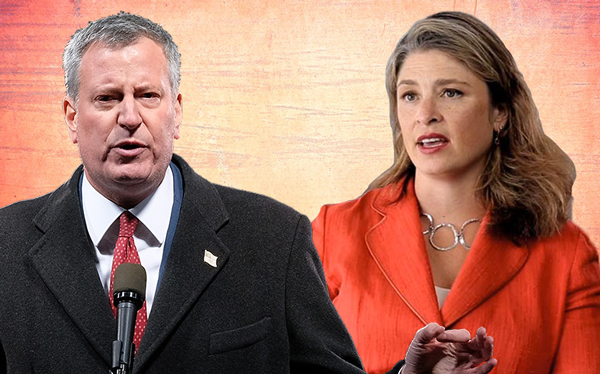Much of Mayor Bill de Blasio’s affordable housing initiative goes unseen because it largely focuses on preservation rather than creation.
Part of the reason for that, according to the city, is a change to federal housing law that set the amount of public housing eligible for subsidies based on existing stock, the New York Times reported.
“When all these advocates run around and say, ‘Why isn’t the city of New York building housing?’ It doesn’t exist. There’s no such thing,” Alicia Glen, the deputy mayor for housing and development, told the Times. “It’s all about, to what extent can you use the resources of the private sector, and the resources the public sector has, to put together the best deals you can possibly do.”
In July, the mayor announced that 77,651 units had been financed so far as part of his goal to preserve or create 200,000 affordable housing units by 2024. At least 7,500 units have been preserved so far, which can include something as simple as a new agreement to keep rent at an apartment below market-rate.
The city, however, doesn’t keep track of the number of existing units that they regulate for the first time, the Times reported.
So far, the city has rezoned only two (East New York and Far Rockaway) of the 15 neighborhoods it tapped for the mandatory inclusionary housing program. Council member Rafael Espinal Jr., who represents part of East New York, noted that no new units have been built in the rezoned neighborhood. [NYT] — Kathryn Brenzel
